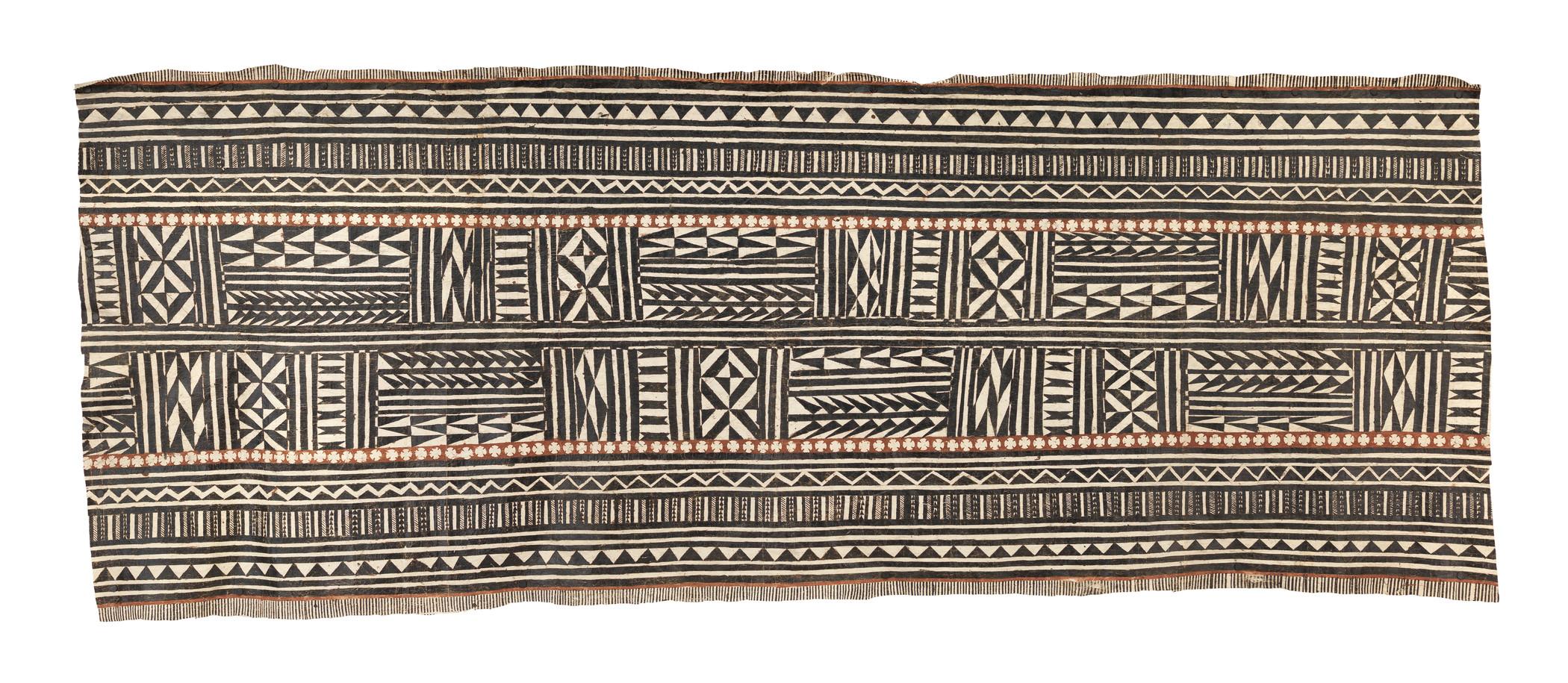“LACMA is pleased to collaborate with Professor Steven Hooper and his colleagues from the Sainsbury Centre, Norwich,” said Nancy Thomas. “Research for the project was informed by over 40 years of collaboration with Indigenous Fijian and international scholars and support from the UK’s Arts & Humanities Research Council and the Fijian government, resulting in this deeply researched and comprehensive exhibition.”
Fiji: Art & Life in the Pacific is presented in the Lynda and Stewart Resnick Exhibition Pavilion, a major expansion of LACMA’s campus made possible through a landmark gift from trustee Lynda Resnick and Stewart Resnick, the philanthropists and entrepreneurs behind The Wonderful Company and FIJI Water. Since the Resnick Pavilion opened in 2010, its reconfigurable galleries have hosted nearly 50 significant exhibitions covering a diverse cross-section of art history. FIJI Water is the presenting sponsor of the exhibition.
“It’s an honor to be able to share the beauty of Fijian arts and culture through this stunning exhibition,” said LACMA CEO and Wallis Annenberg Director Michael Govan. “We’re pleased to present this show in the Resnick Pavilion, which has become the heart of LACMA’s campus. I’m deeply grateful to Lynda and Stewart for their commitment to bringing this important exhibition to the U.S., and for their incredible legacy benefiting the larger cultural community of Los Angeles.”
“Fiji holds a very special place in our hearts, and Stewart and I are gratified to support this exhibition,” said Lynda Resnick, vice-chair and co-owner of The Wonderful Company. “It is our hope that these works from across the archipelago will help visitors fully appreciate the country’s magnificent culture.”
Following the presentation at LACMA, the exhibition will be on view at the Peabody Essex Museum in Salem, Massachusetts, from September 12, 2020 through January 3, 2021. FIJI Water is also presenting sponsor of the Peabody Essex Museum presentation. In addition, generous support from FIJI Water funded the construction of the drua and its transportation from Fiji to Los Angeles.






























